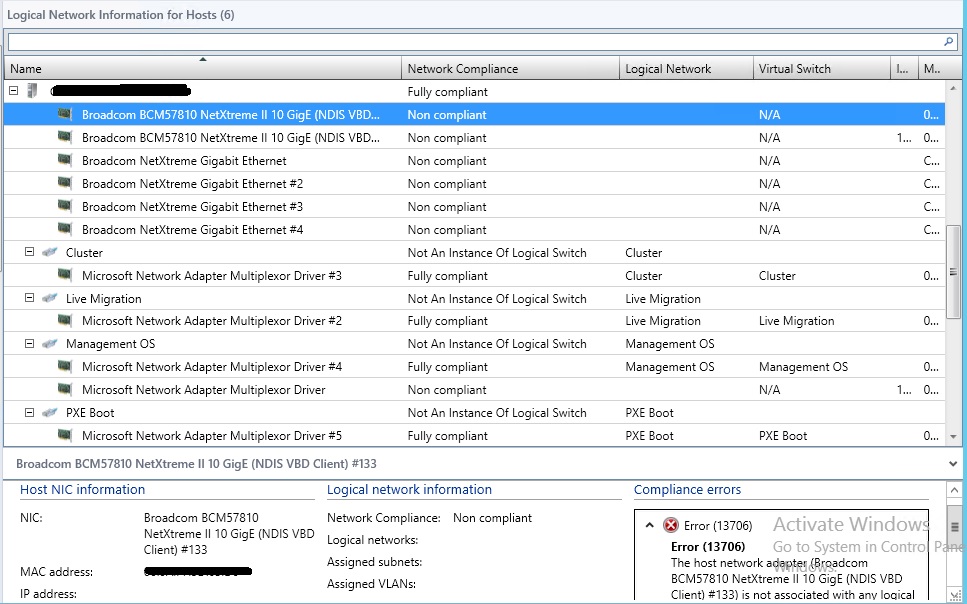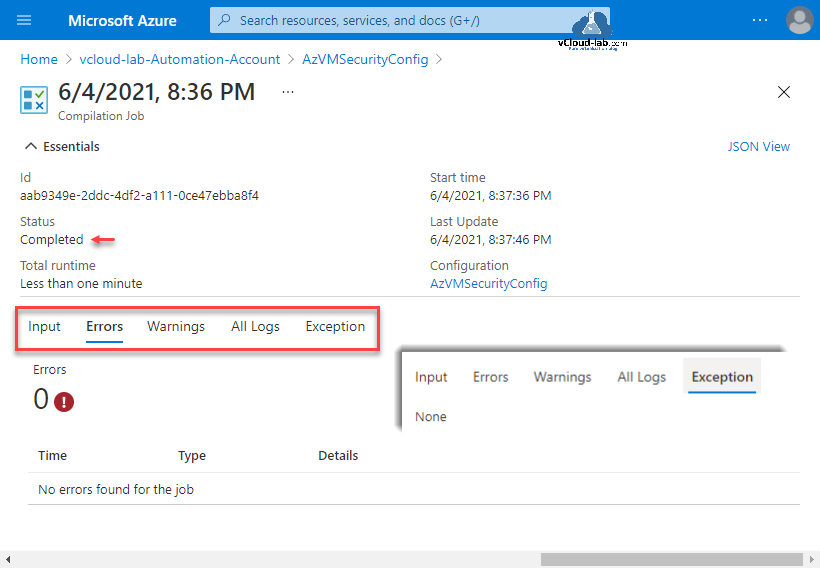

- #Vmais configuration and status utility how to
- #Vmais configuration and status utility drivers
- #Vmais configuration and status utility driver
Thus far, we have talked about virtual and physical addresses, but a number of thedetails have been glossed over. Virtual memory also allowsthe program to play a number of tricks with the process’s address space, includingmapping the program’s memory to device memory. With virtual memory, programs running on the system can allocate far morememory than is physically available indeed, even a single process can have a virtualaddress space larger than the system’s physical memory. Virtual memory introduces a layer of indirection that allows a number of nicethings. Once the necessary back-ground has been covered, we can get into working with these structures.Īddress TypesLinux is, of course, a virtual memory system, meaning that the addresses seen byuser programs do not directly correspond to the physical addresses used by the hard-ware. The data structures used by the kernel to manage memory. What follows is a fairly lengthy description of Althoughyou do not need to be a Linux virtual memory guru to implement mmap, a basicoverview of how things work is useful. Memory Management in LinuxRather than describing the theory of memory management in operating systems, thissection tries to pinpoint the main features of the Linux implementation. Of course, all of these techniques require an understanding of how Linux memorymanagement works, so we start with an overview of that subsystem.

The final section covers direct memory access (DMA) I/O operations, which pro-vide peripherals with direct access to system memory.
#Vmais configuration and status utility how to
But an awareness of how to map user-space memory intothe kernel (with get_user_pages) can be useful.
#Vmais configuration and status utility drivers
Relatively few drivers need this capabil-ity in many cases, the kernel performs this sort of mapping without the drivereven being aware of it. We then look at crossing the boundary from the other direction with a discus-sion of direct access to user-space pages.Not alldevices require mmap support, but, for some, mapping device memory can yieldsignificant performance improvements. The first covers the implementation of the mmap system call, which allows themapping of device memory directly into a user process’s address space.The material in this chapter is divided into three sections: The virtual mem-ory subsystem is also a highly interesting part of the core Linux kernel and, there-fore, it merits a look.
#Vmais configuration and status utility driver
Many types of driver pro-gramming require some understanding of how the virtual memory subsystem works the material we cover in this chapter comes in handy more than once as we get intosome of the more complex and performance-critical subsystems. This chapter delves into the area of Linux memory management, with an emphasison techniques that are useful to the device driver writer.

This is the Title of the Book, eMatter EditionCopyright © 2005 O’Reilly & Associates, Inc. What follows is a fairly lengthy description of ,ch15.13676 Friday, Janu11:04 AM Although you do not need to be a Linux virtual memory guru to implement mmap, a basic overview of how things work is useful. Memory Management in Linux Rather than describing the theory of memory management in operating systems, this section tries to pinpoint the main features of the Linux implementation. Of course, all of these techniques require an understanding of how Linux memory management works, so we start with an overview of that subsystem.


 0 kommentar(er)
0 kommentar(er)
